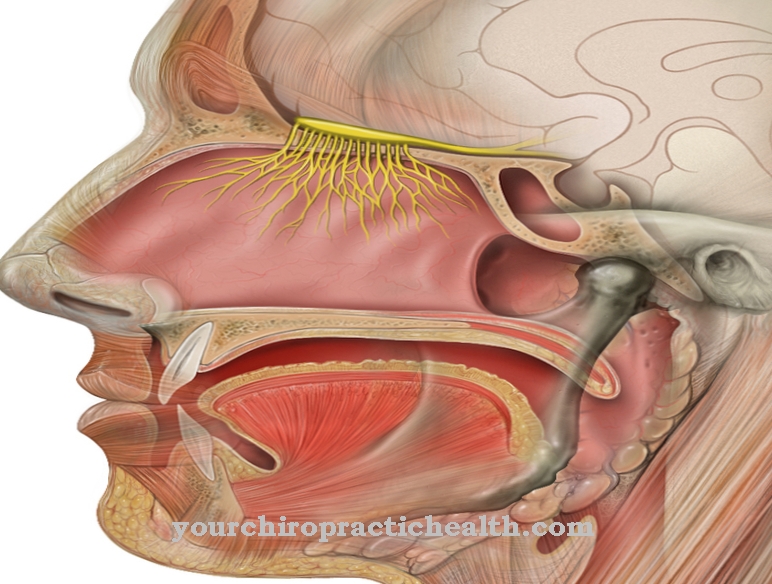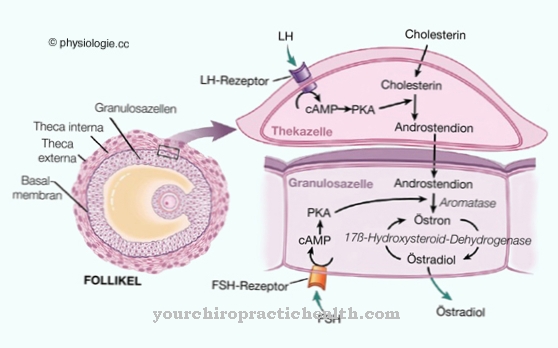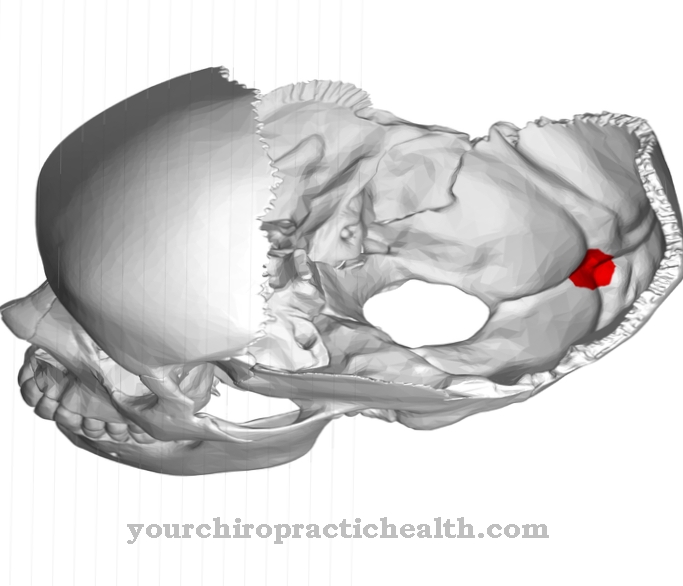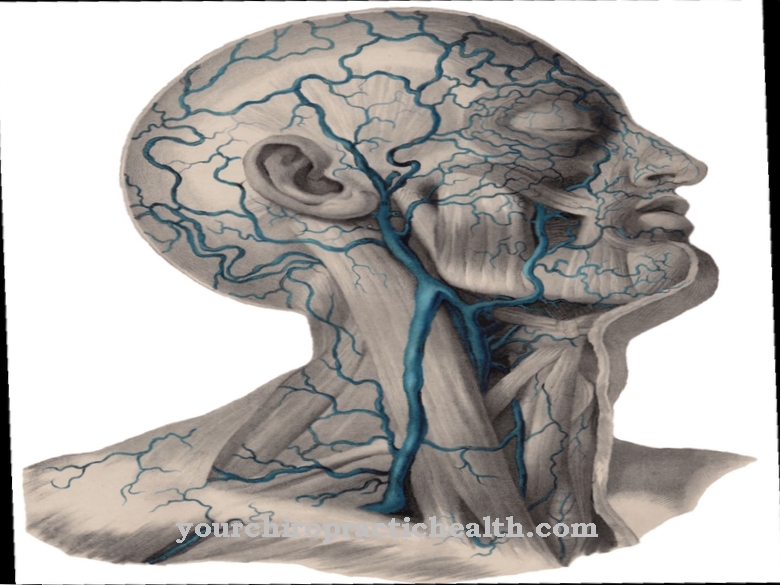At a Blood vessel is a tubular structure used to transport blood. The vessel is also known as a vein and occurs only in the human and animal body.
What are blood vessels?
The entirety of the Blood vessels together with the heart forms the blood circulation. This is essential for the circulation of the blood to supply body parts. The blood vessels themselves are divided into different categories depending on their characteristics and their function. One of the most important is the aorta as the main artery. Then there are the arteries. Their job is to draw blood away from the heart. In contrast, veins carry blood to the heart.
Finally, the capillaries play an important role. As so-called hair vessels, they form the ramifications of the arteries. A blood vessel consists of tissue surrounded by at least one wall layer. The vein thus functions as a hollow organ and is responsible for transporting blood without loss. With all of its branches, the transport network can reach a length of up to 150,000 kilometers. 75 percent of the blood runs in the veins, another 20 percent in the arteries and only five percent in the capillaries.
Anatomy & structure
A blood vessel can be divided into three layers: the intima, the media and the adventitia. The first layer is the innermost layer of the vessel wall. In science it is called Tunica interna designated. It is characteristic of the intima that it only consists of a single layer of vascular cells. The cells are arranged in such a way that the best possible exchange of gases and liquids between blood and veins is possible. Specifically, the intima consists of a basement membrane. This is a layer of connective tissue cells that are aligned along a vessel.
In contrast, the media is a muscle layer that is enveloped on both sides by connective tissue. In addition, there is the adventitia consisting of loose connective tissue. Its aim is to embed the blood vessel within the body. It should be noted that capillaries are only encased in a single layer. It is made up of vascular cells and resembles the intima in its shape and expression.
Function & tasks
In the human body, blood vessels branch into almost all parts of the body. In addition to transporting blood, their task is to always supply the body with nutrients. The vessel diameter of the veins plays an important role here. Depending on the width, the blood flow and the associated nutrient supply vary. To control the vessel diameter, blood vessels can change in size.
This is achieved by contracting the muscle layer. The intensity of the contraction is in turn regulated by the body's autonomic nervous system. With vasodilatation and constriction, the nervous system also manages to regulate the oxygen supply. The core temperature within the internal organs is controlled. Depending on the type, veins perform a specific task. The aorta, for example, fulfills the so-called wind vessel function. This is a mechanism that is responsible for equalizing the pressure of the blood expelled from the heart.
So-called baroreceptors measure the pressure of the blood, so that the aorta can react to a change by widening or narrowing the blood vessels. The vena cava also play an important role. These are two comparatively large veins that carry venous blood to the right atrium. Venules play a special role. They are a scaled-down version of the veins that allow the transport network to branch out deeply.
Illnesses & ailments
The bloodstream is a fragile system. In many cases, a malfunction of the blood vessels is the cause of a complaint. The most well-known disease is arteriosclerosis. Colloquially it is called hardening of the arteries. The disease leads to thickening and hardening of the veins. As a consequence, the blood vessels constrict, which hinders the blood flow to the respective body region. Atherosclerosis is caused by a genetic predisposition. However, risk factors such as smoking or weight gain can encourage the onset of the disease.
In addition, hemorrhoids are a common disease of the bloodstream. This is called a nodular widening of the arteries within the rectum. The expansion of the blood vessels can be attributed to an increasing weakness of the connective tissue. Patients experience pain and persistent itching in the affected area. If left untreated, inflammation and eczema can occur, which are associated with the excretion of a slimy secretion.
Hemorrhoids can be relieved with the use of ointments and suppositories. In the long term, however, it is important to change your lifestyle. Otherwise, the outbreak may occur again. In contrast, thrombosis, also known as blood clots, leads to a particularly severe disruption of the blood circulation. A single blood vessel is closed here. This results in the obstruction of the blood flow and is associated with a reduced supply of oxygen. In severe cases, thrombosis can cause pulmonary embolism and be fatal.
Another disease of the blood vessels is varicose veins, colloquially known as varicose veins. This leads to a thickening of the veins in the legs. A weak connective tissue can be used as the cause. The varicosis is noticeable through a feeling of tension and heaviness. In addition, there is itching of the skin, which increases in intensity as the disease progresses.













.jpg)

.jpg)
.jpg)











.jpg)